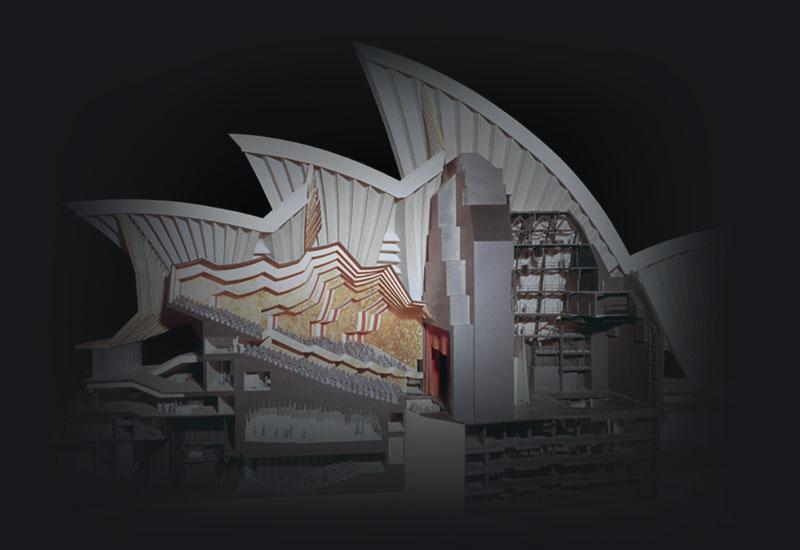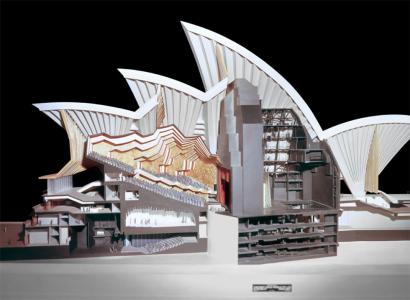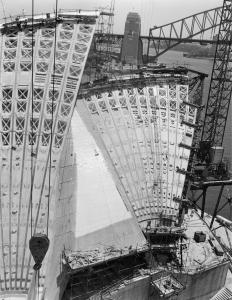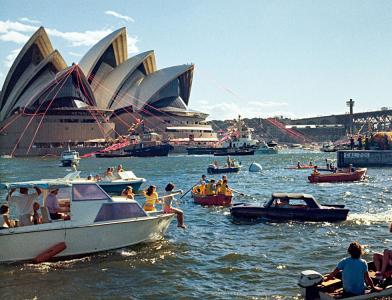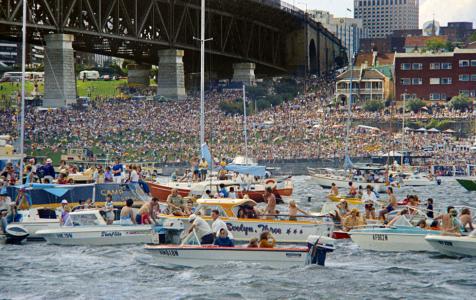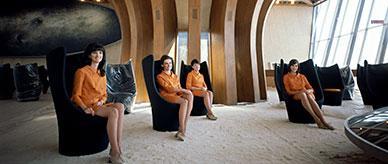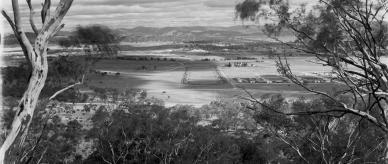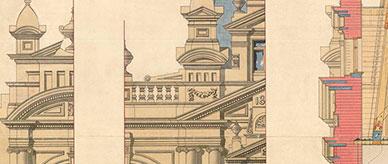Standing atop the tallest shell of the brand-new Sydney Opera House, Woollarawarre Bennelong descendant Ben Blakeney OAM welcomed all Australians to a site of special significance to the Gadigal people.
I am Bennelong. And my spirit, and the spirit of my people lives. And their dance, their music and their drama and their laughter also remains.
Ben Blakeney, 'Spirit of Bennelong', 20 October 1973.
The location of the performing arts centre at Bennelong Point connected 65,000 years of cultural celebrations and ceremonies to those of an emerging nation. Fourteen years after construction commenced, Sydney unveiled Jørn Utzon's masterpiece: a monumental and instantly iconic building that projected to the world an image of optimism, innovation and sophistication.
Birth of an icon
In 1956, responding to growing calls for a dedicated multi-venue musical facility, New South Wales Premier Joseph Cahill announced a competition for the design of a National Opera House. Among 223 entries from 28 countries, Utzon's concept was unique in the way its form and materials emphasised the character of Bennelong Point. Visible around 360 degrees, the sandstone base of the building echoed the nearby cliffs, while its vaulted roof evoked the shells and sails of the surrounding harbour's beaches and water.
The judging panel of four eminent architects was unanimous in support of the then unknown 38-year-old Danish architect's winning entry, saying:
We have returned again and again to the study of these drawings and are convinced that they present a concept of an Opera House which is capable of becoming one of the great buildings of the world. Because of its very originality, it is clearly a controversial design. We are however, absolutely convinced of its merits.

